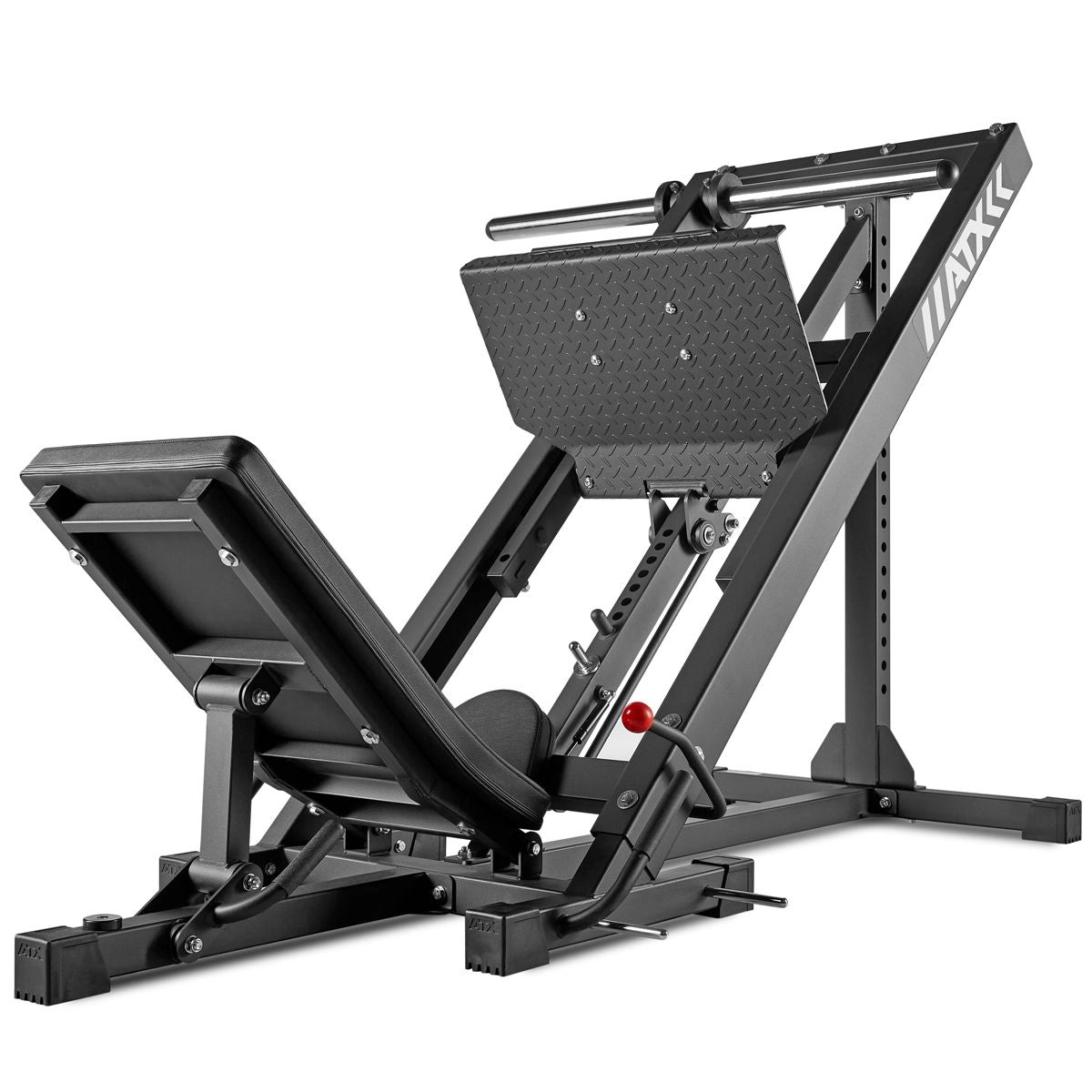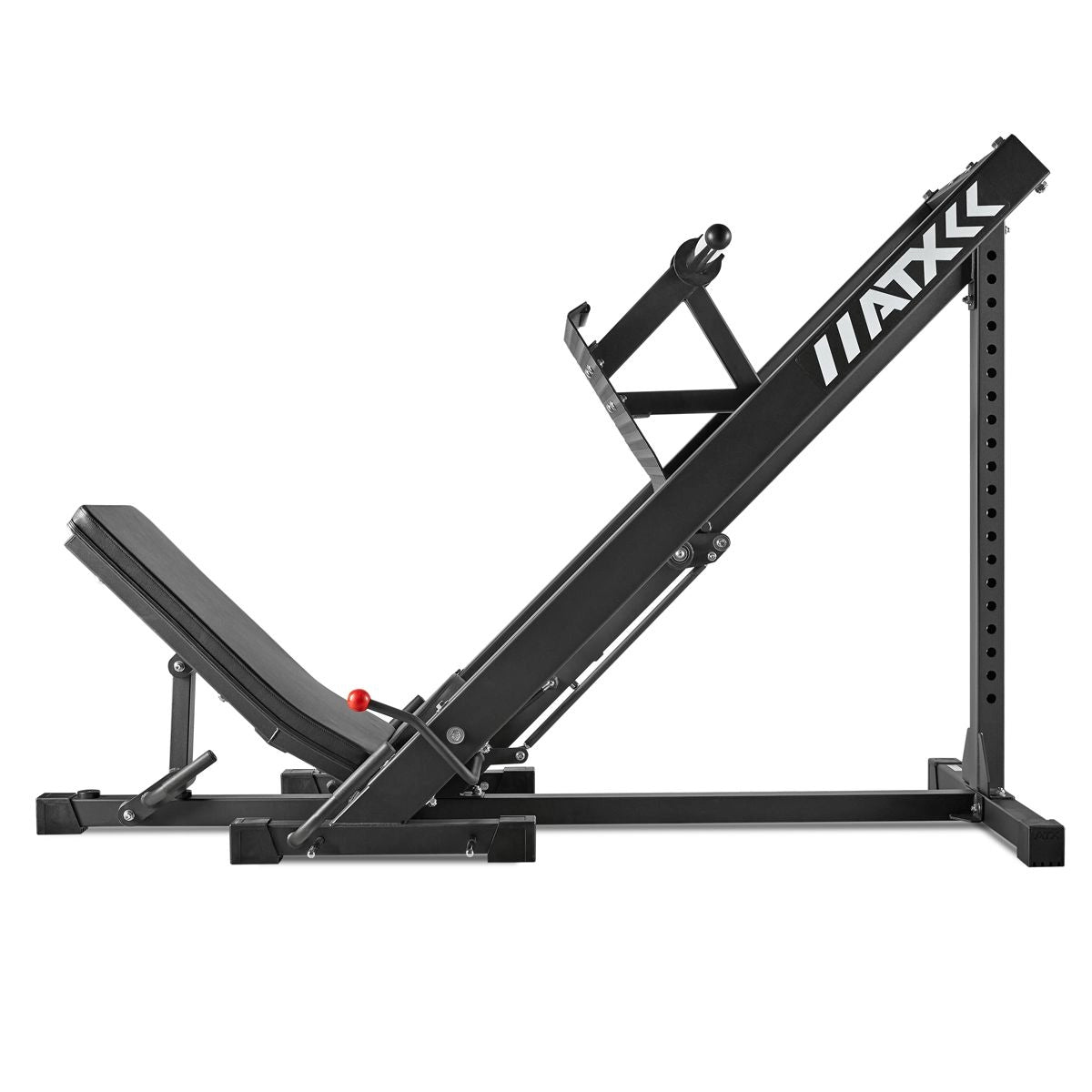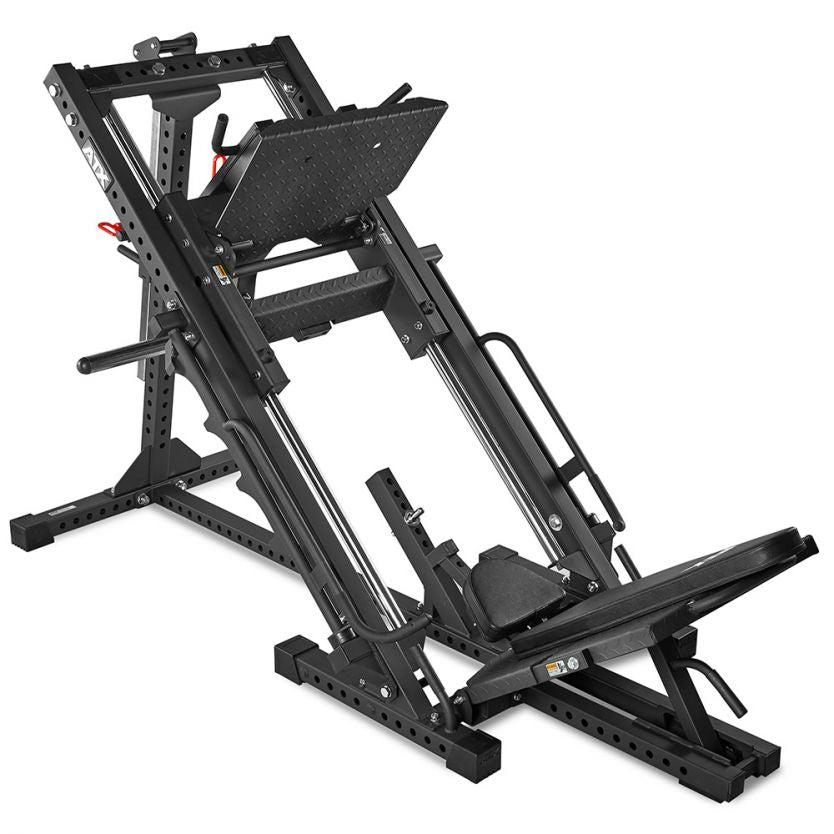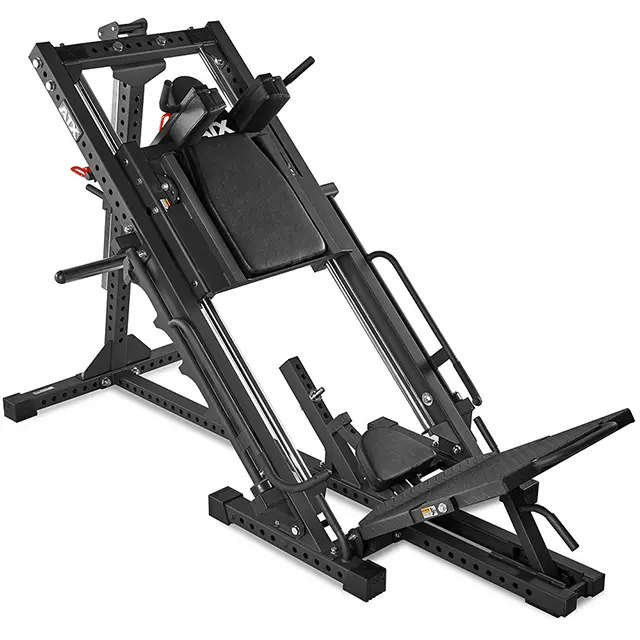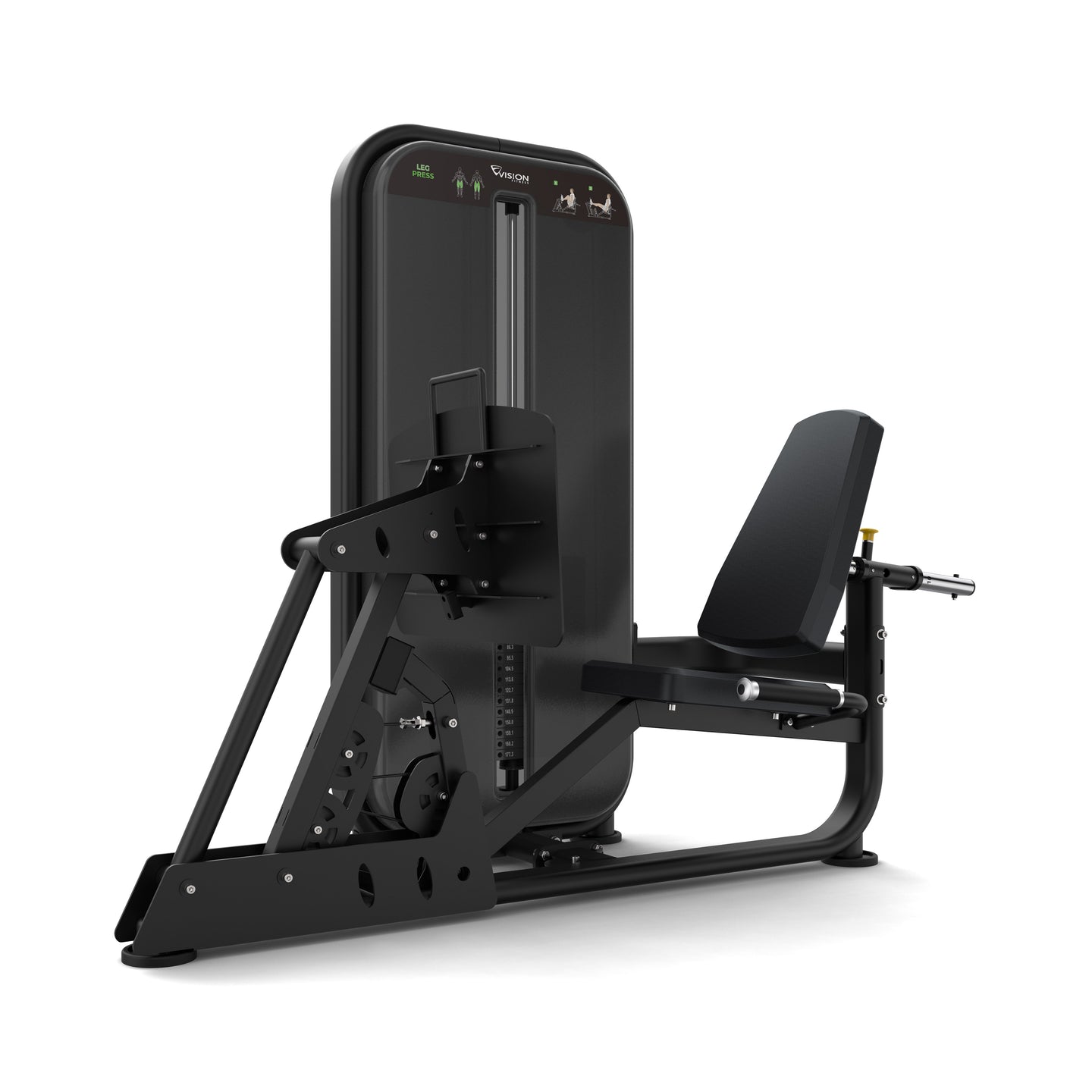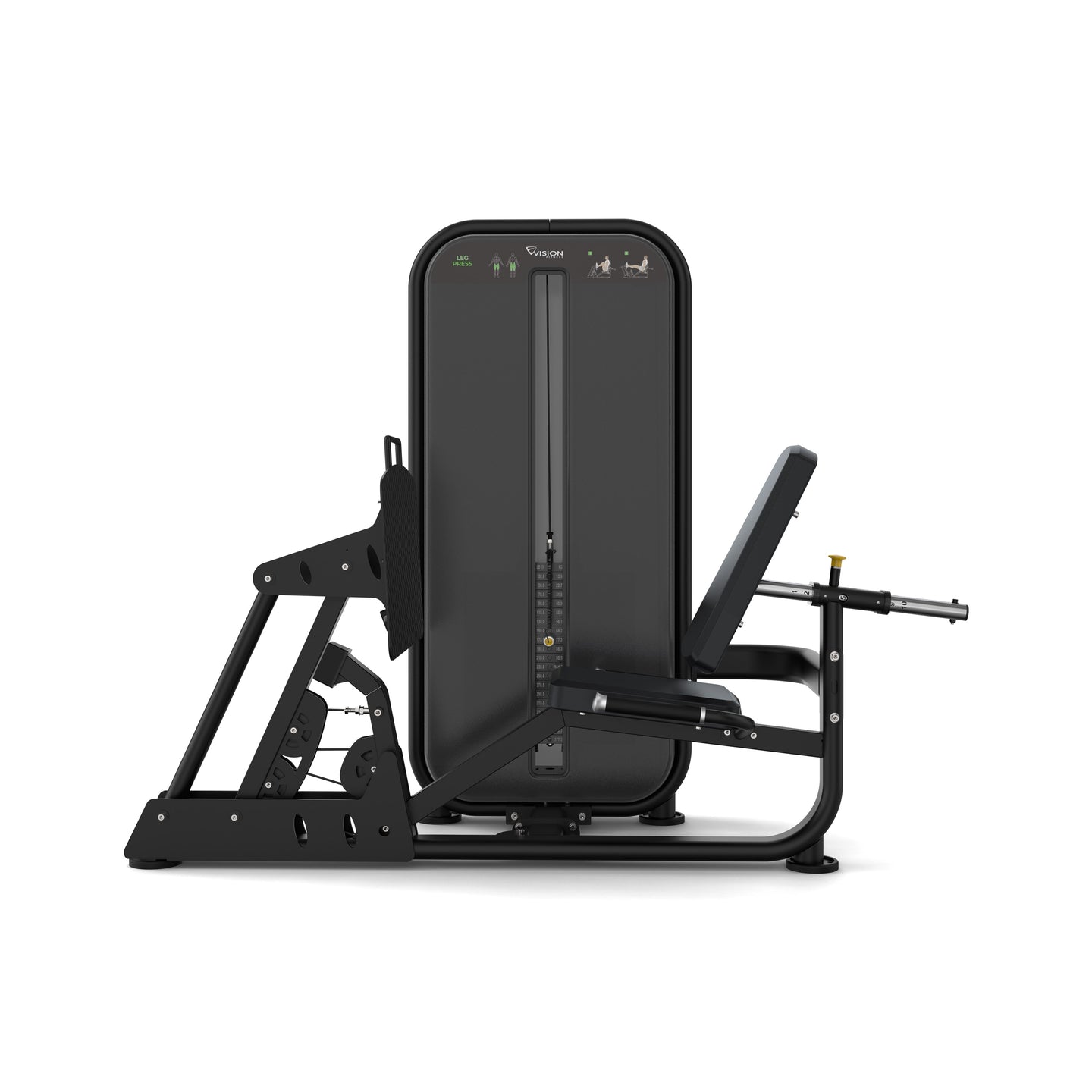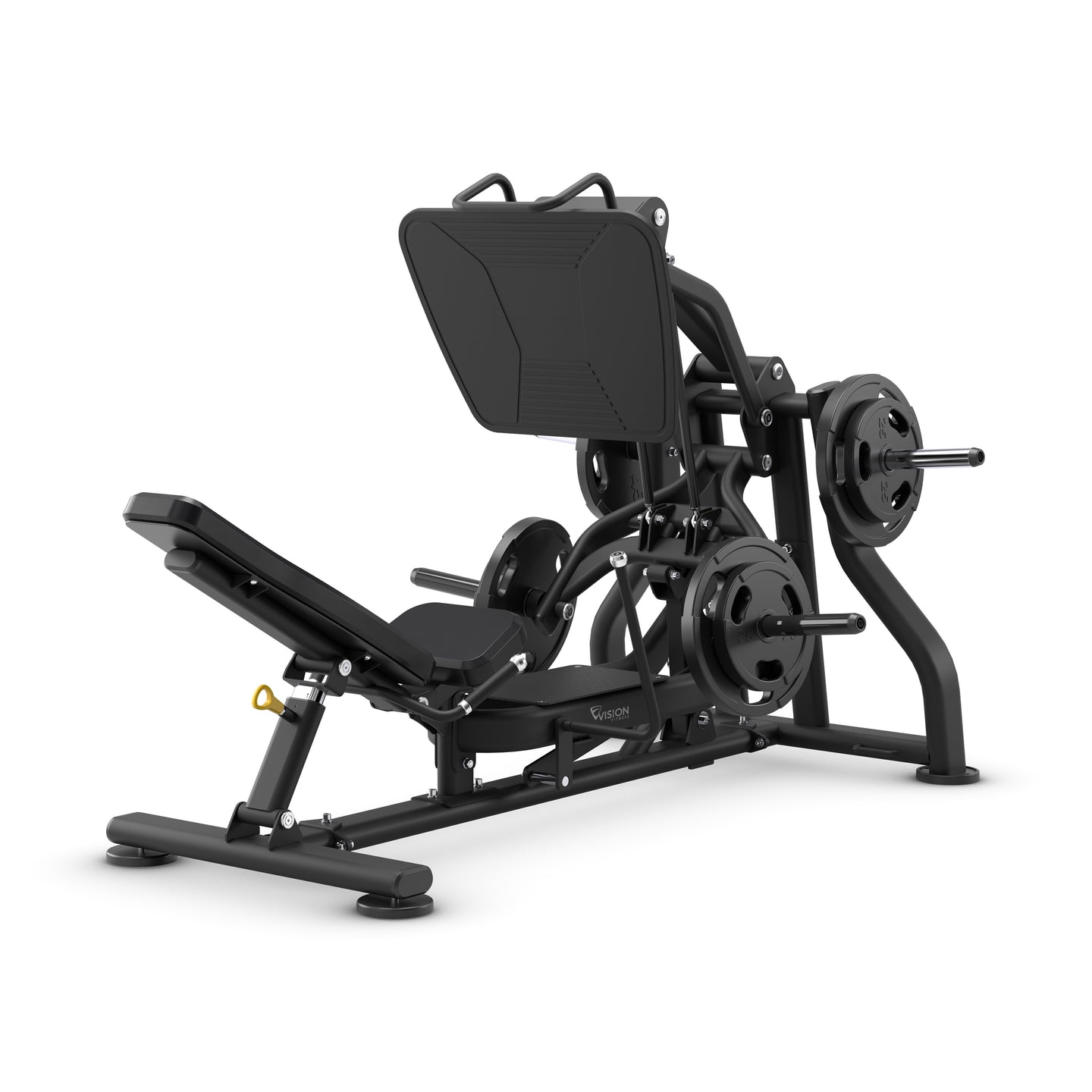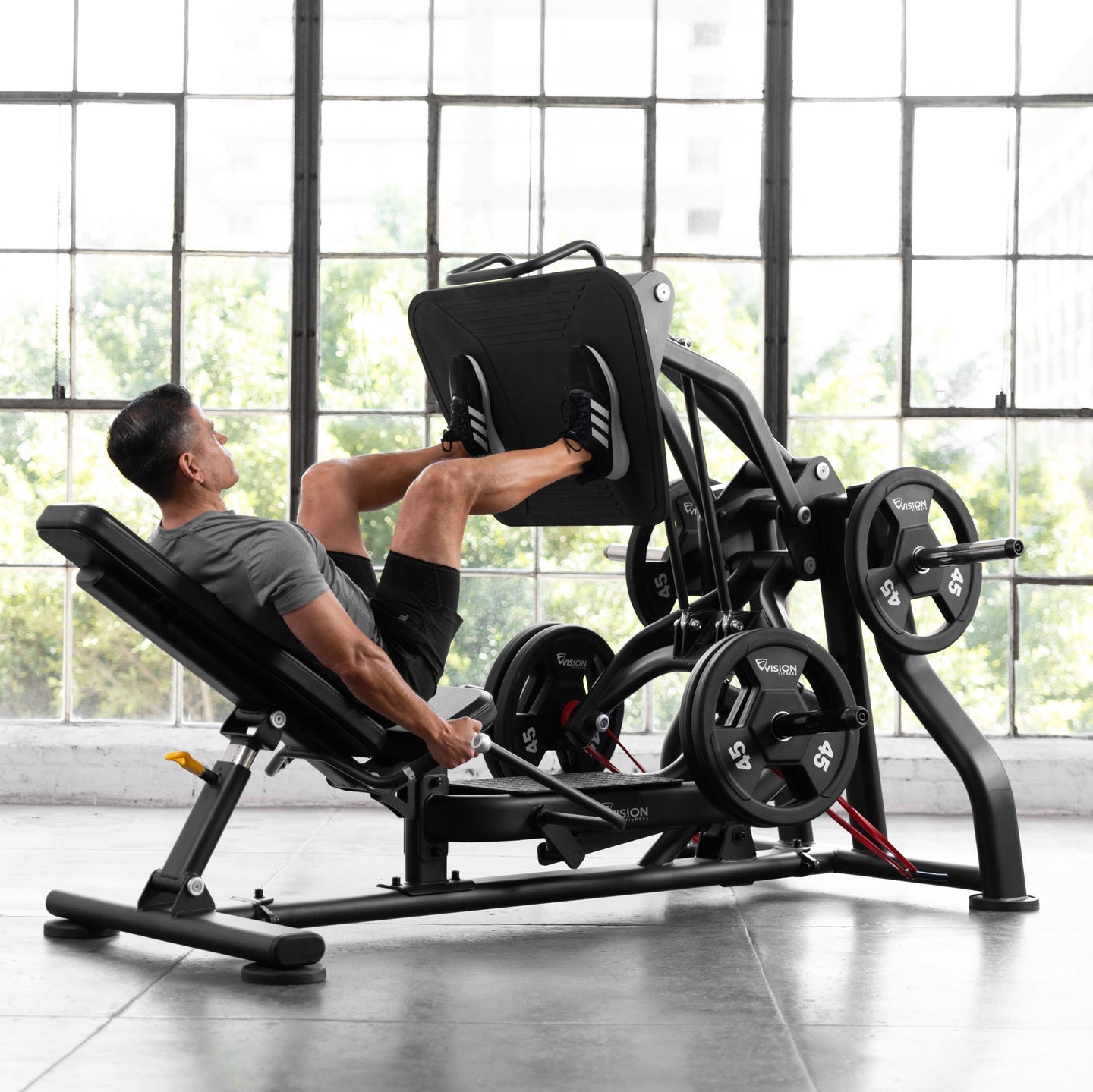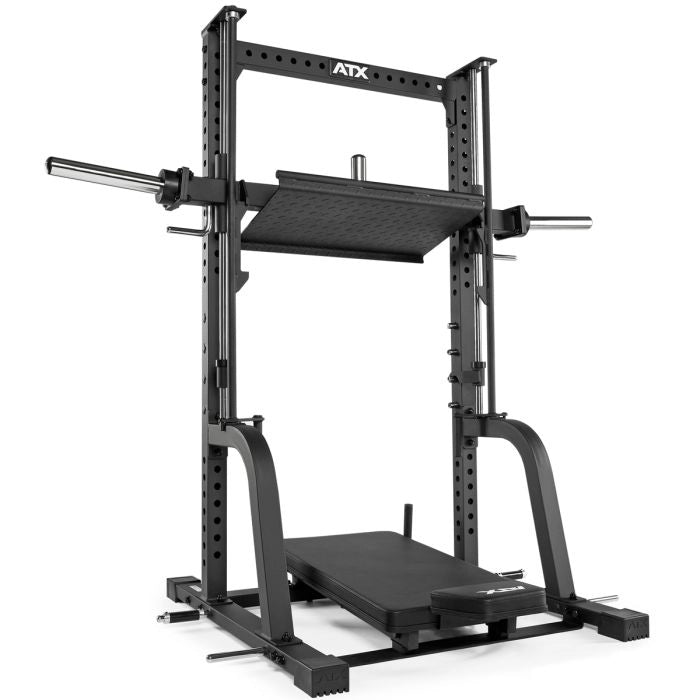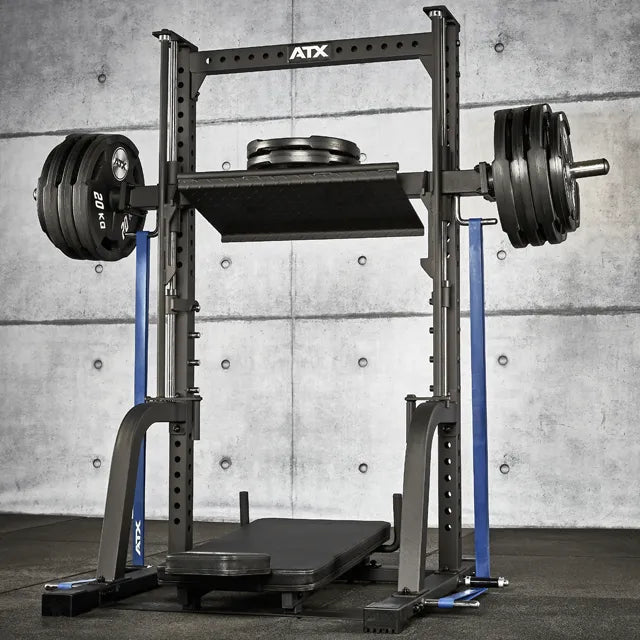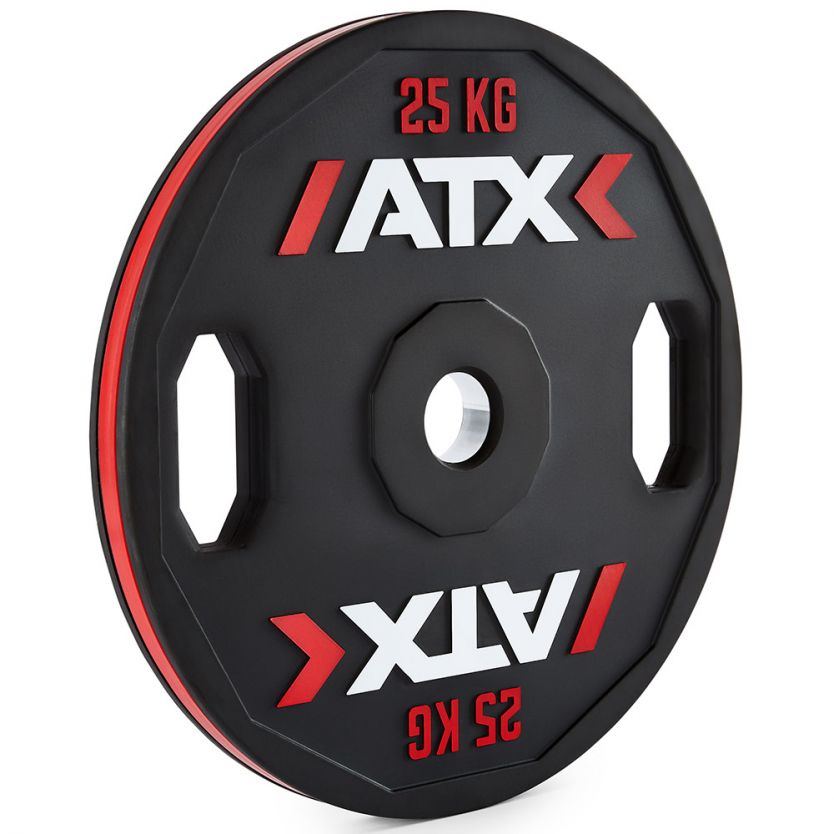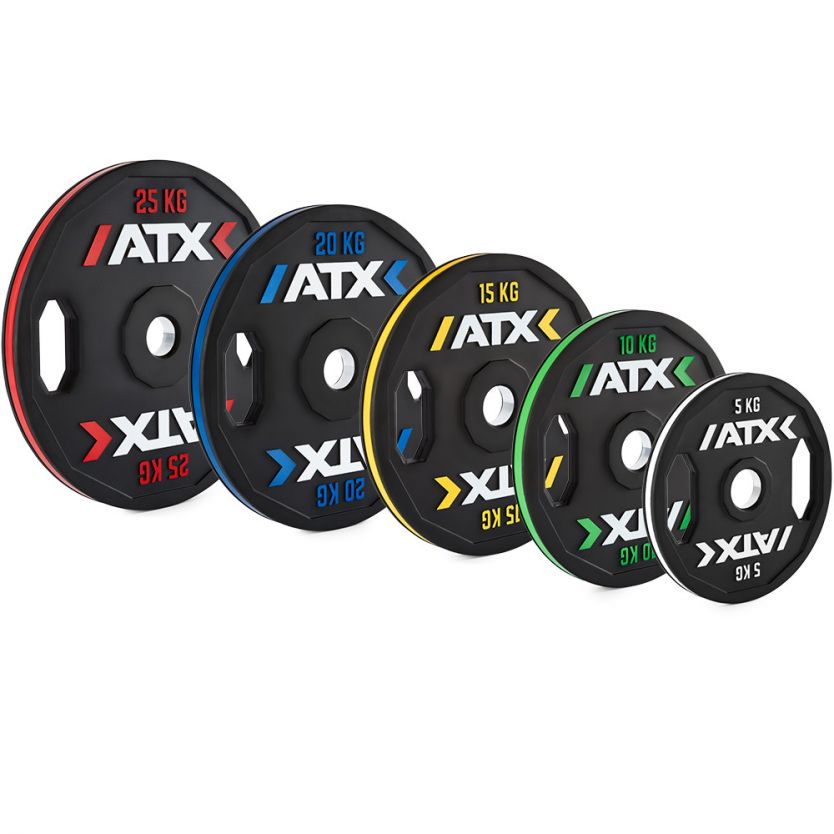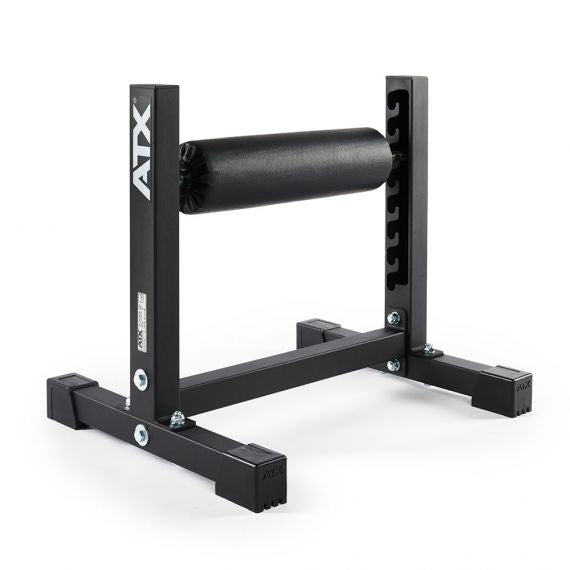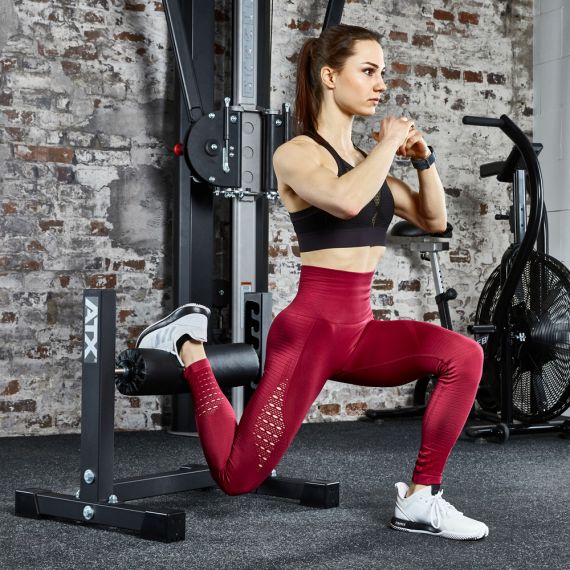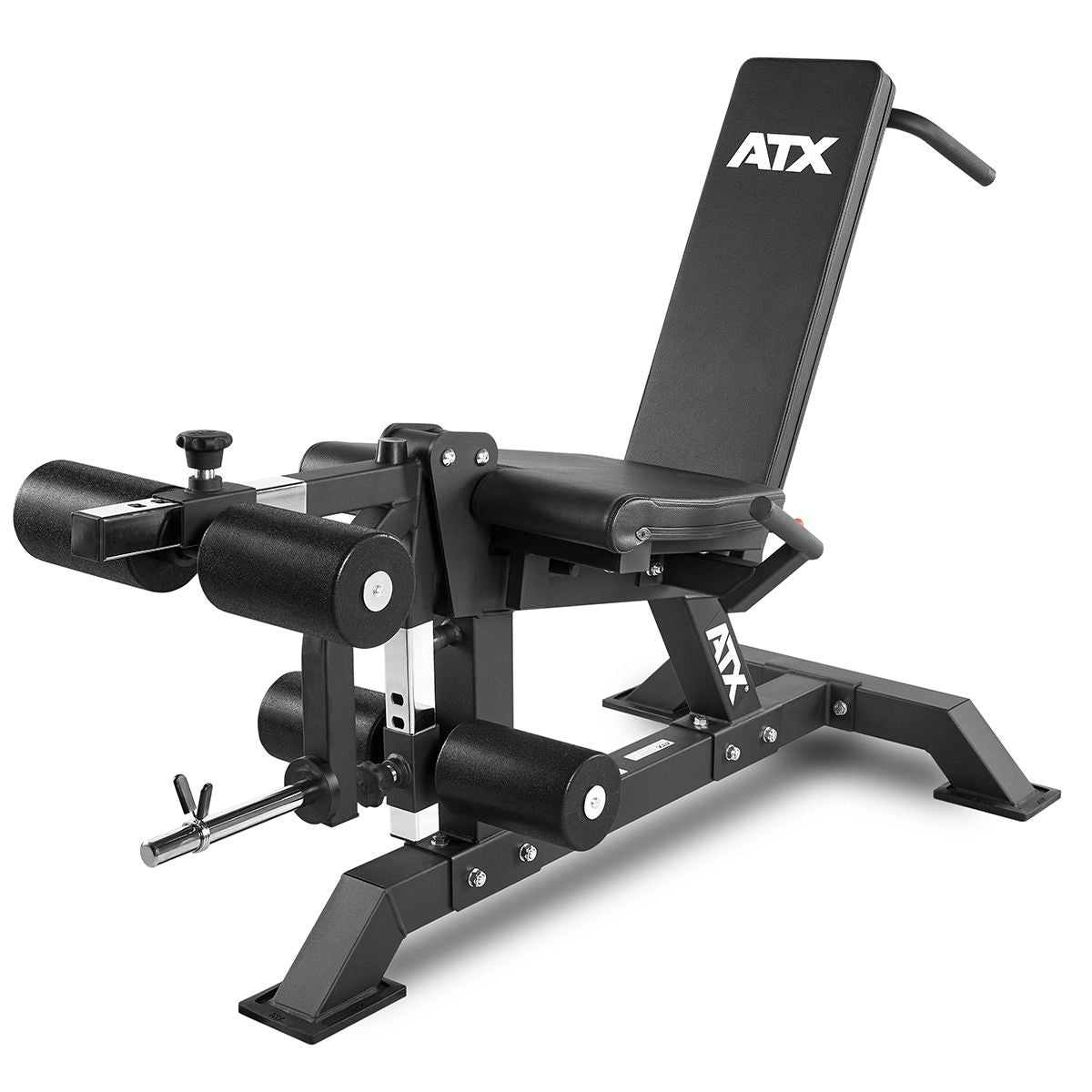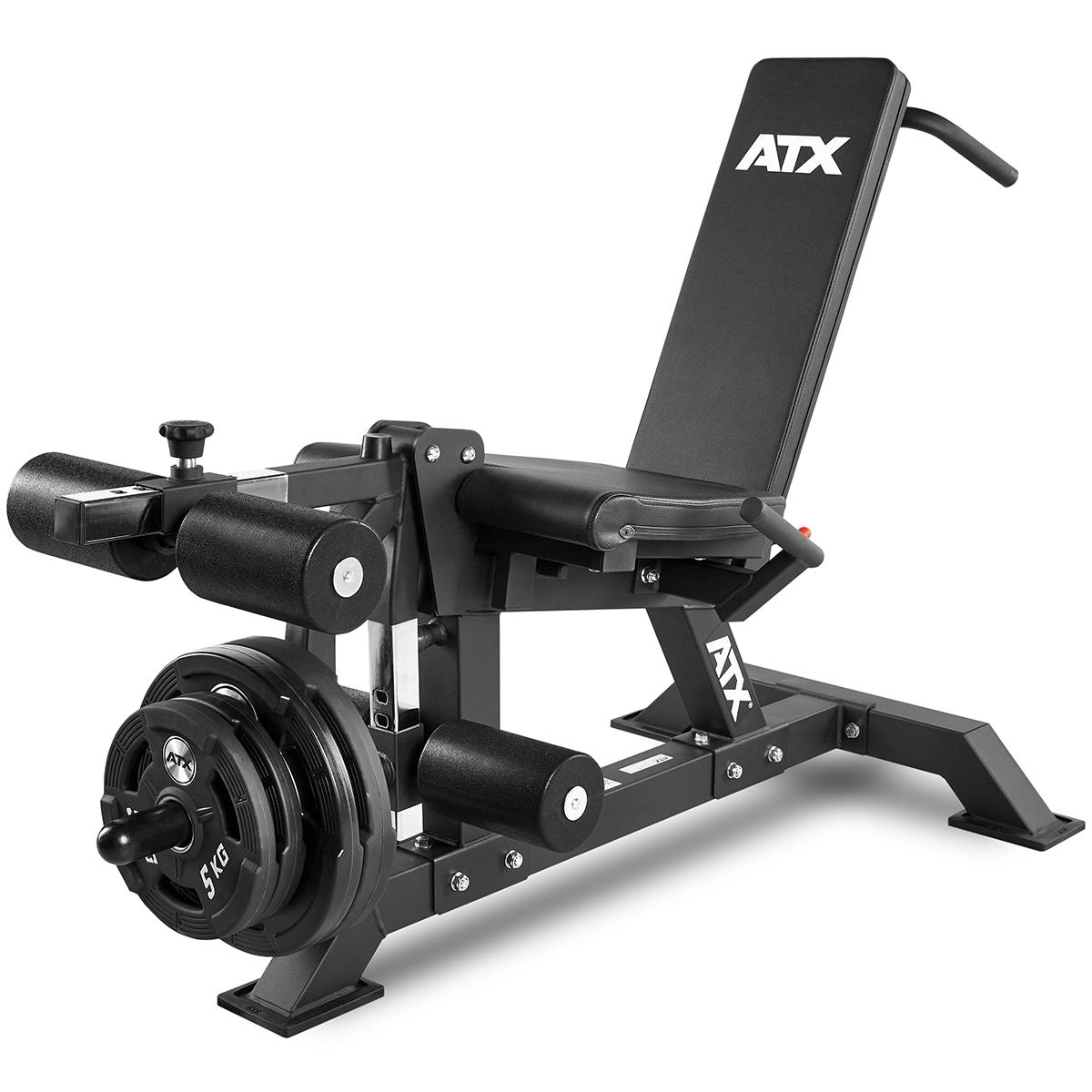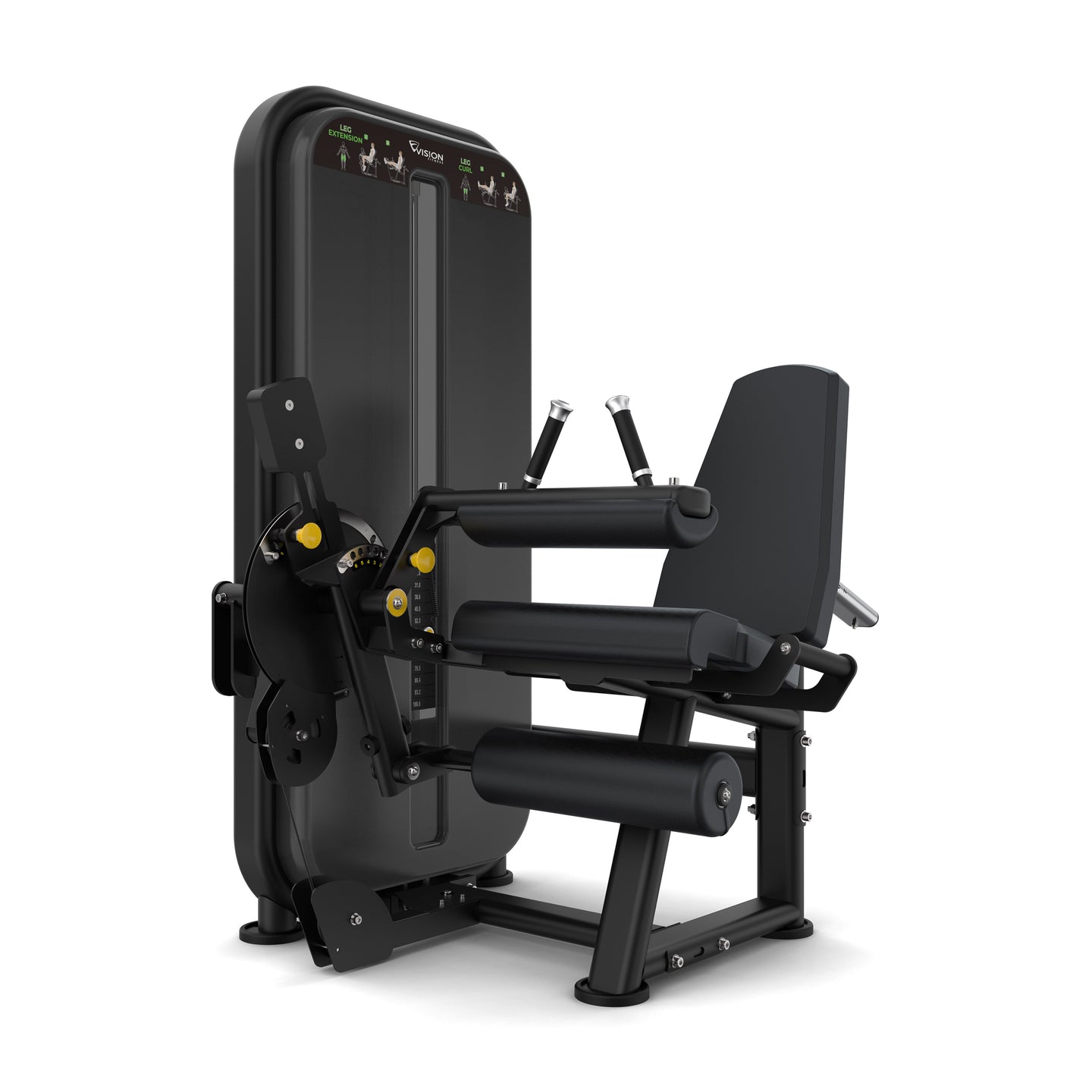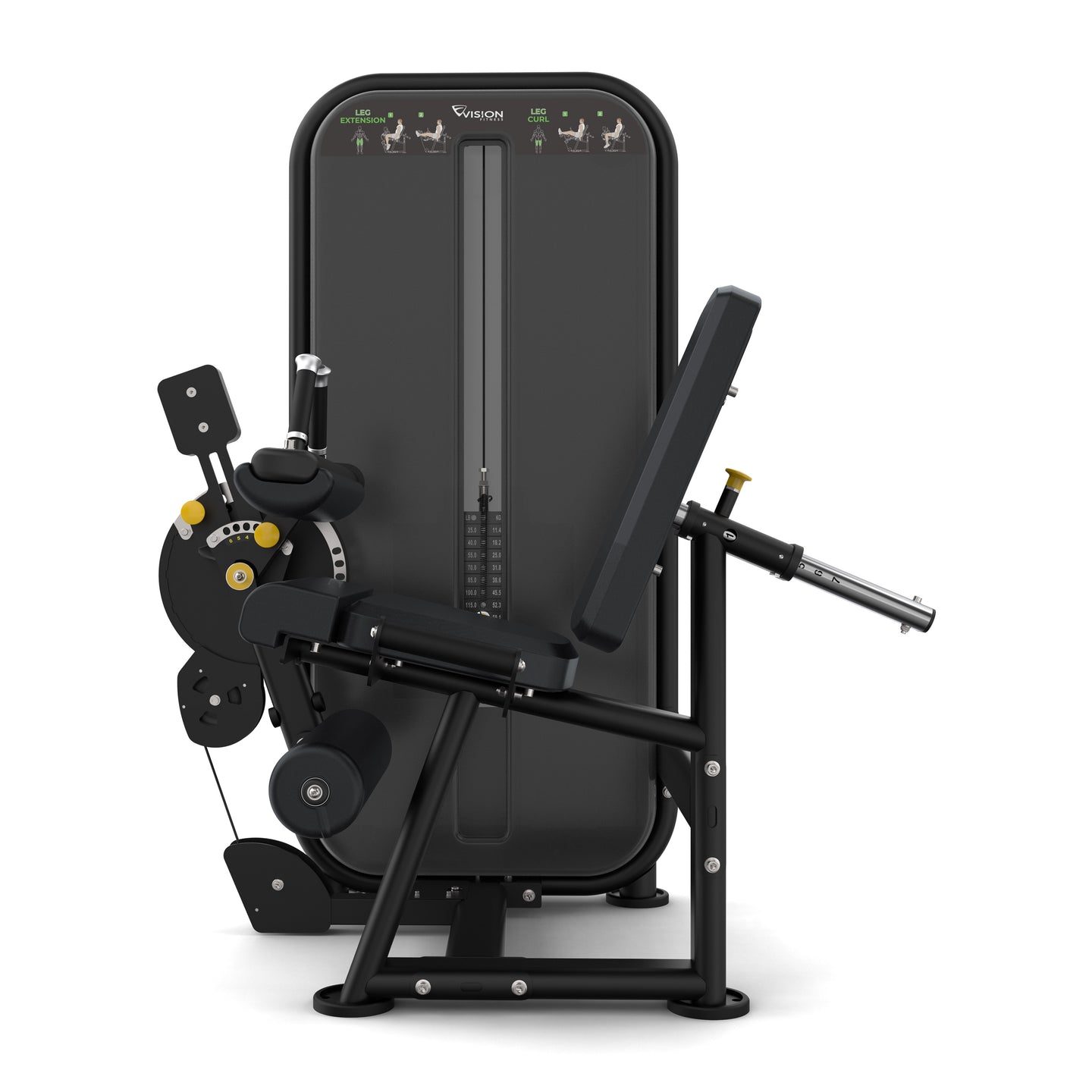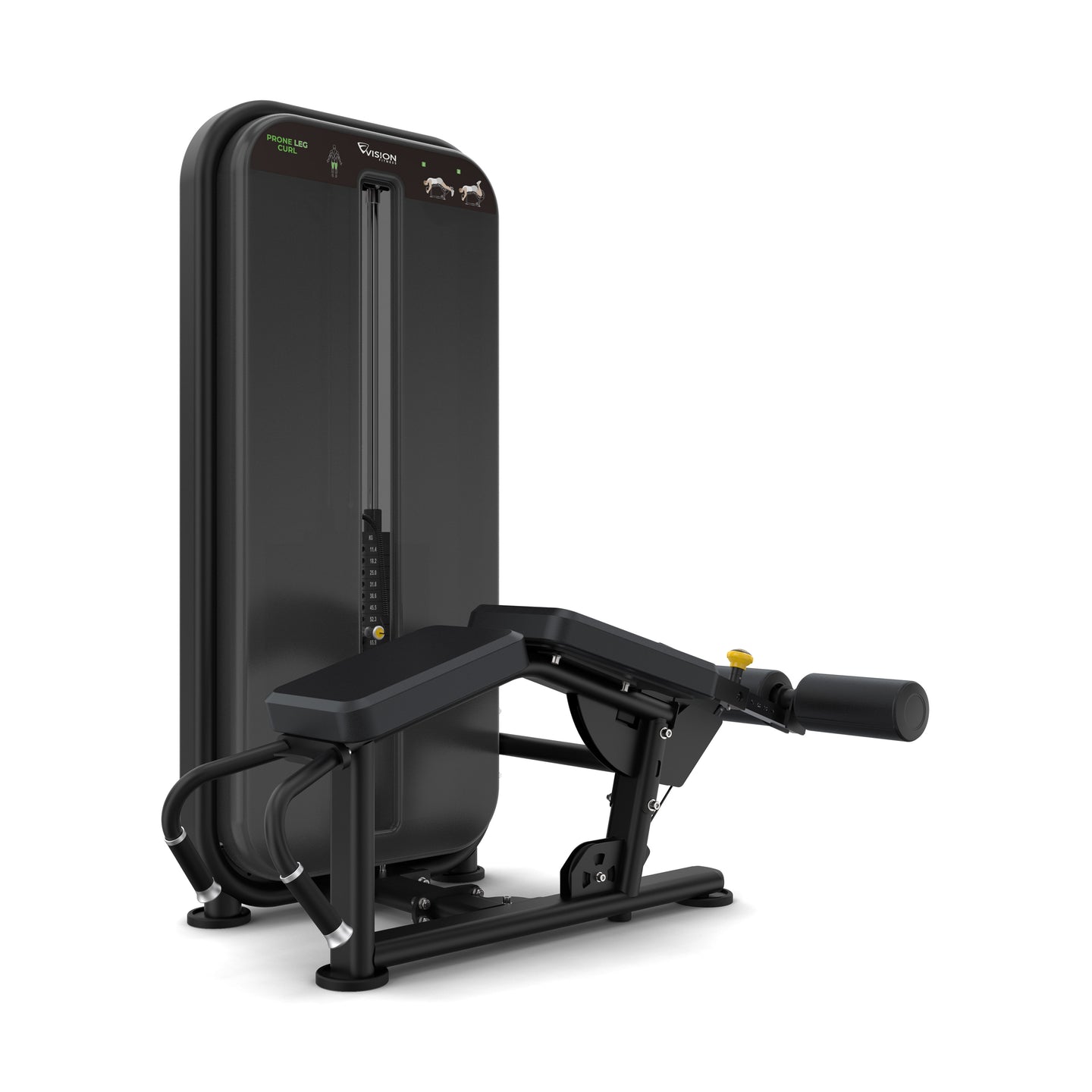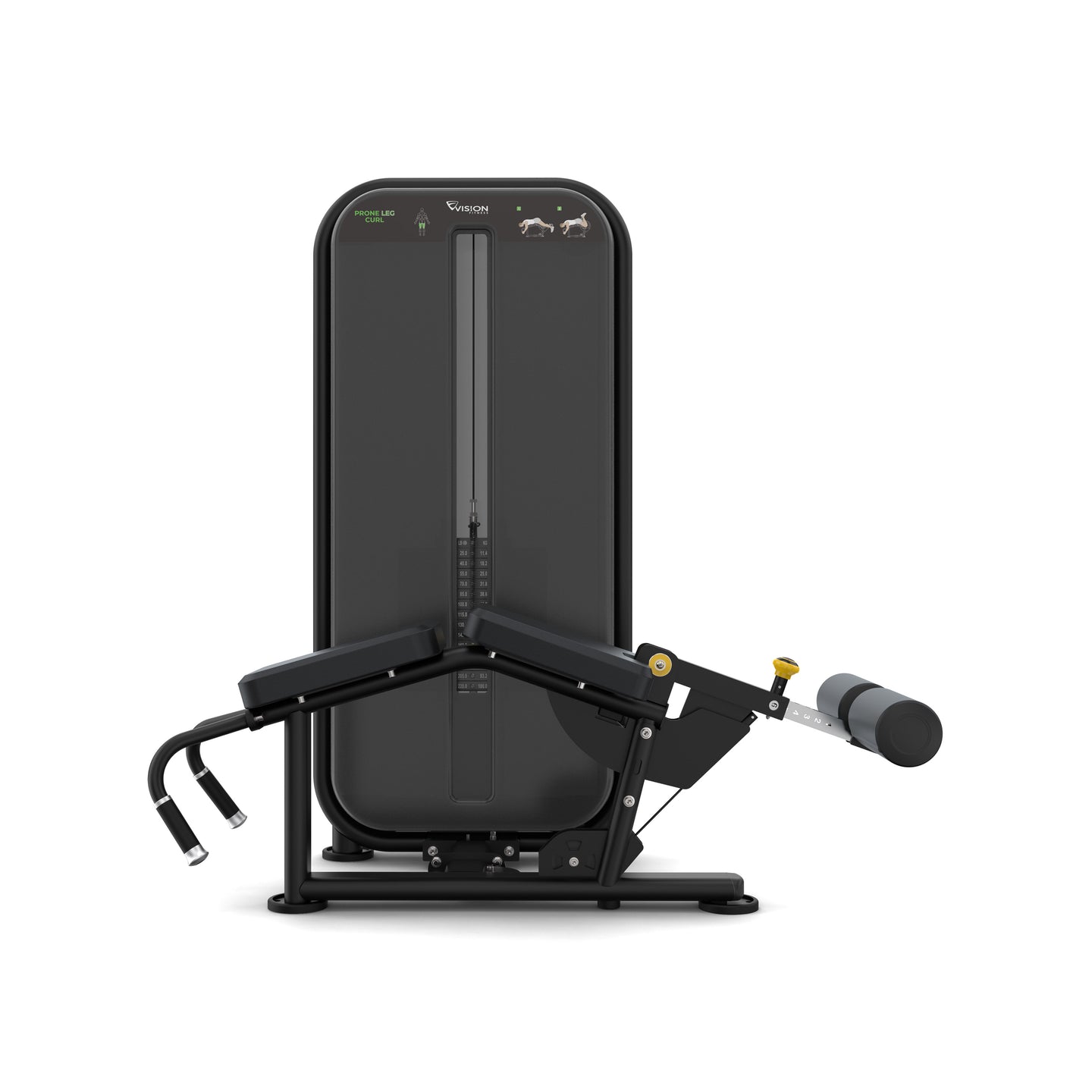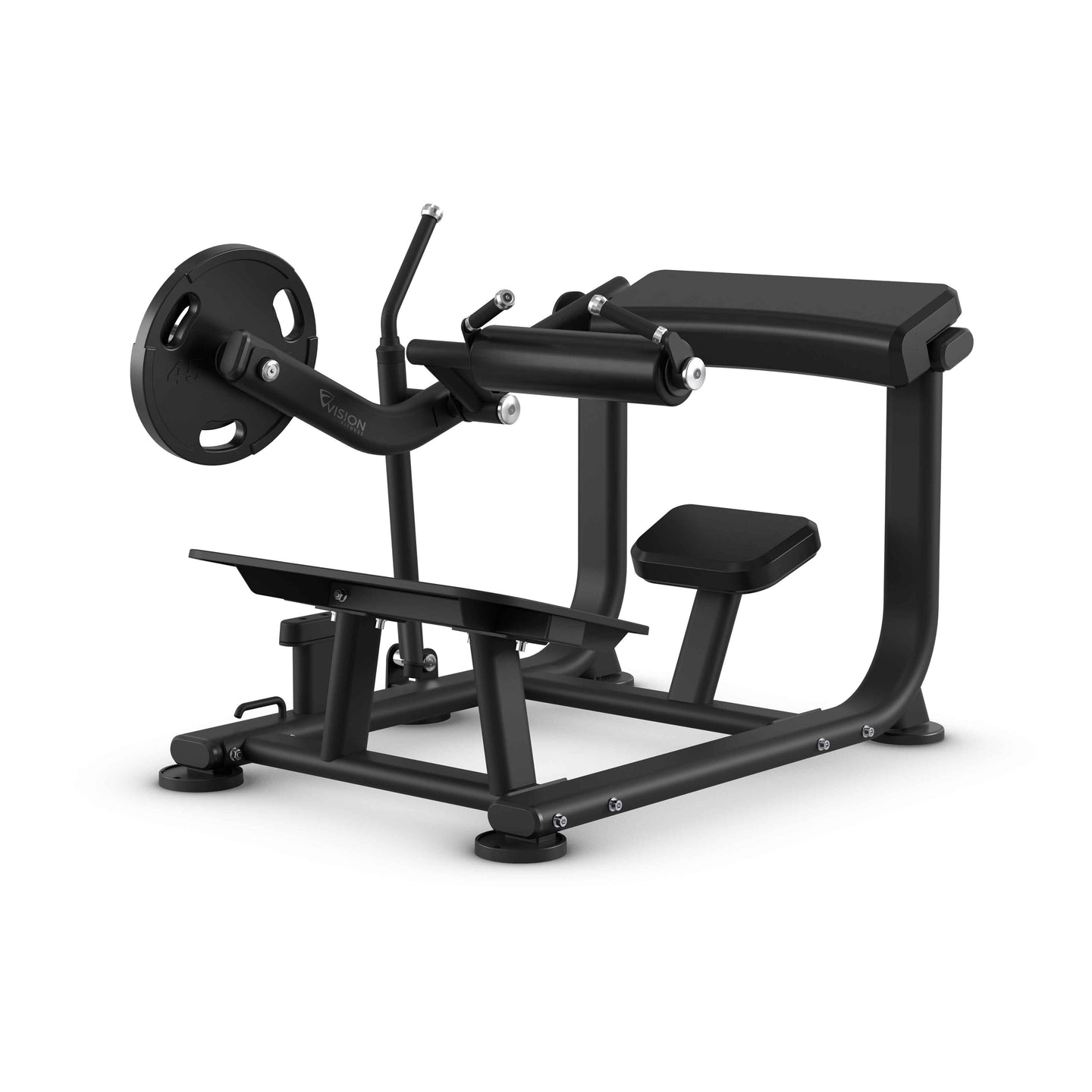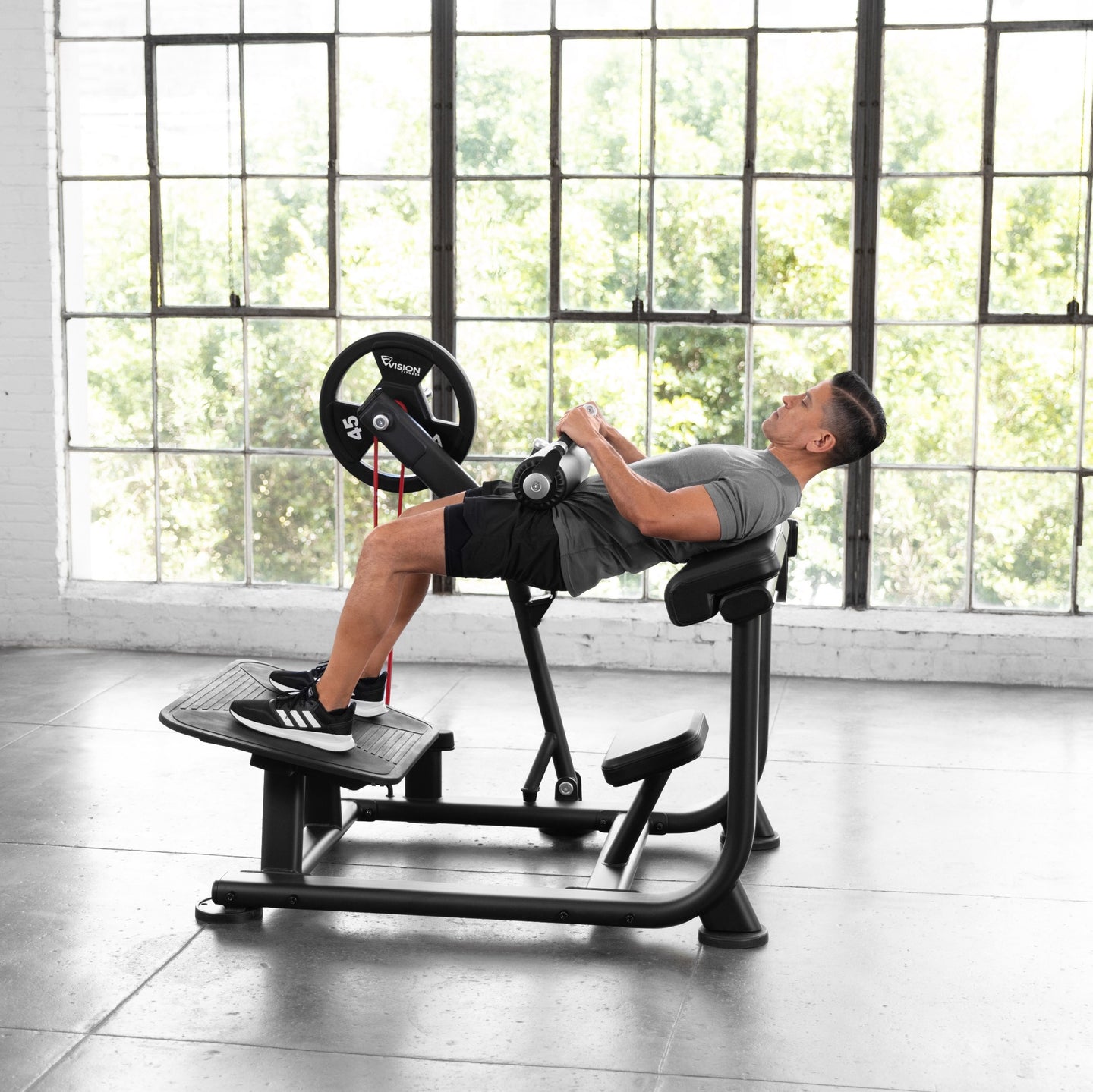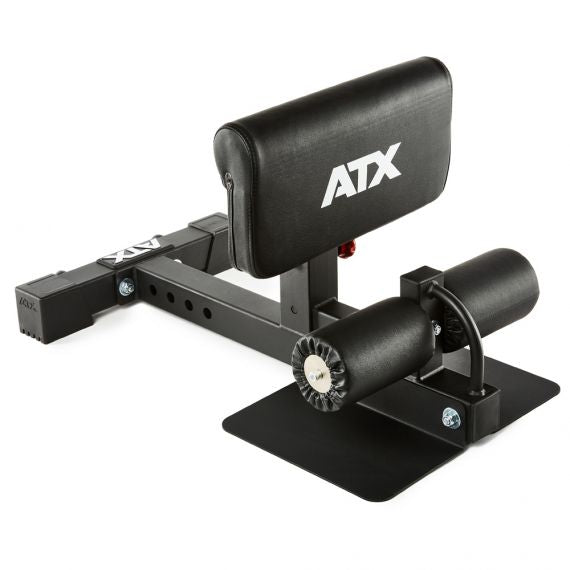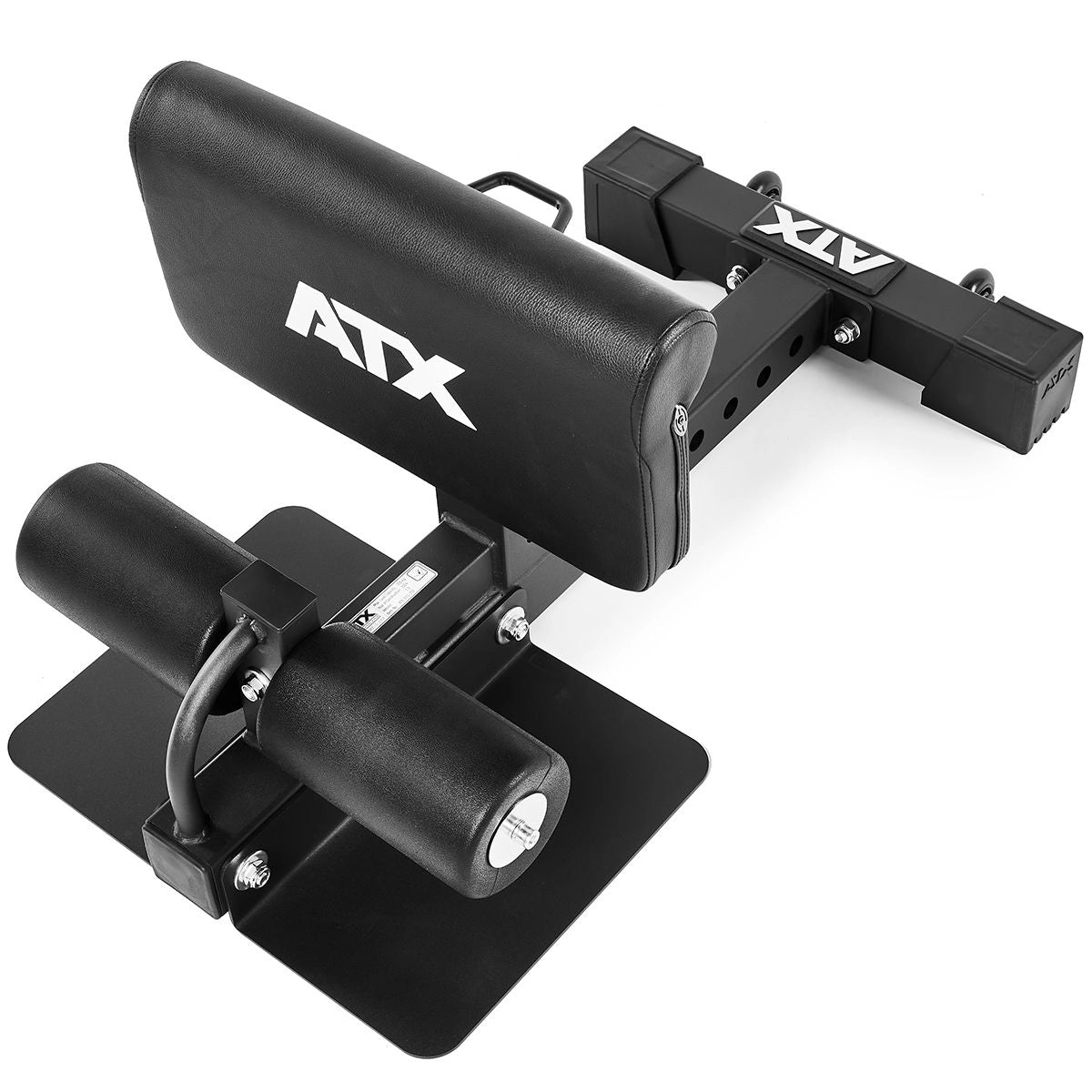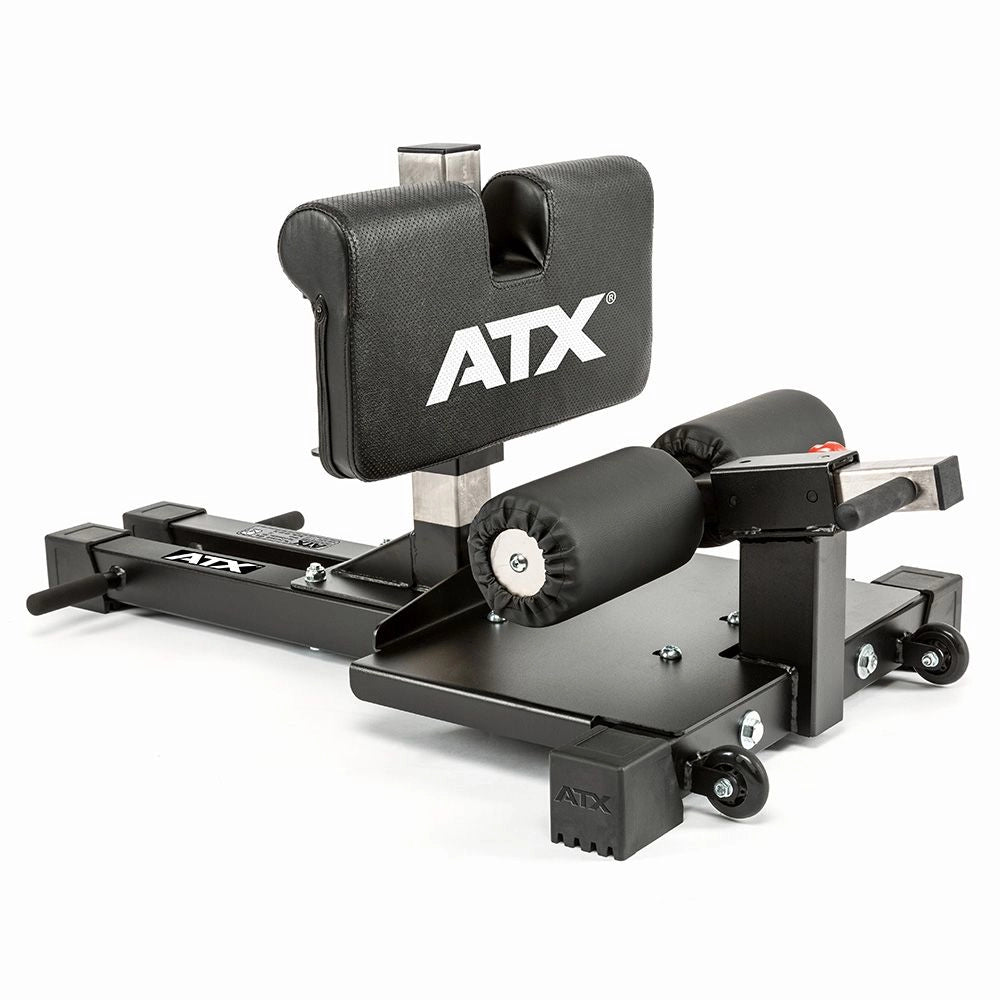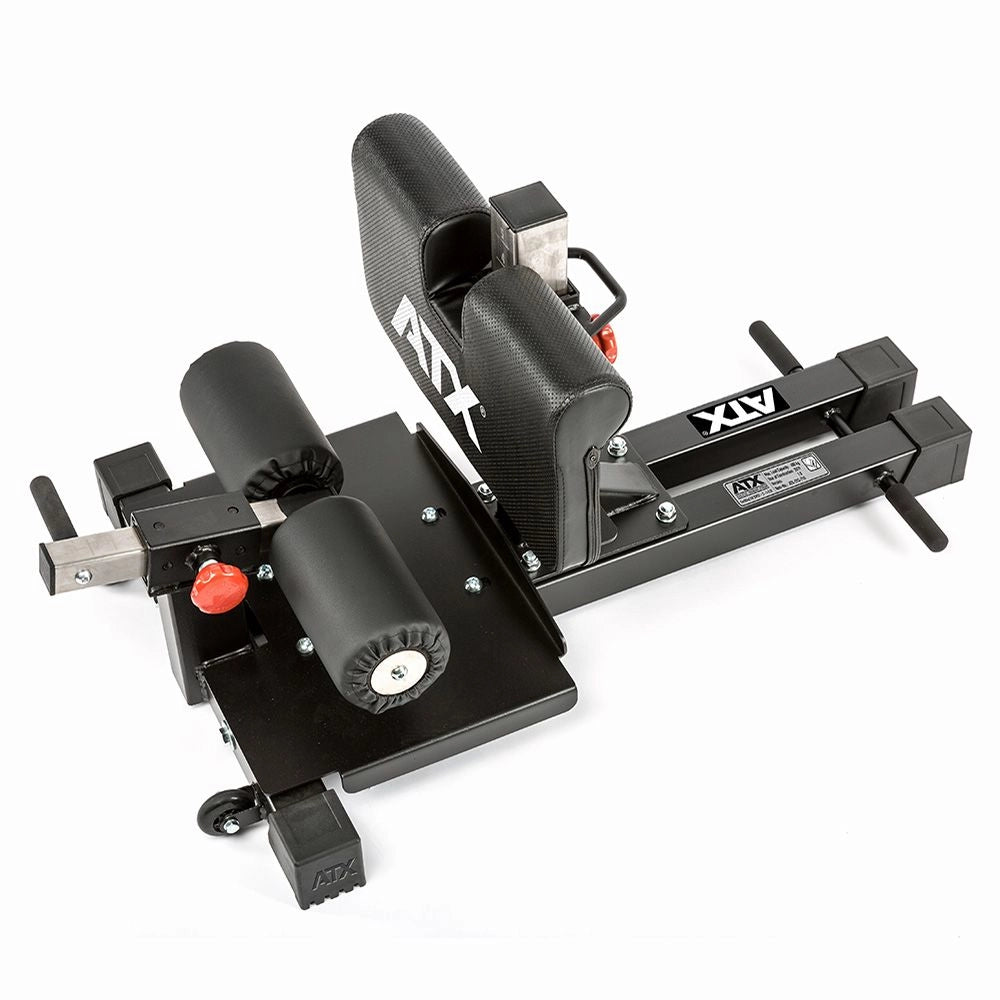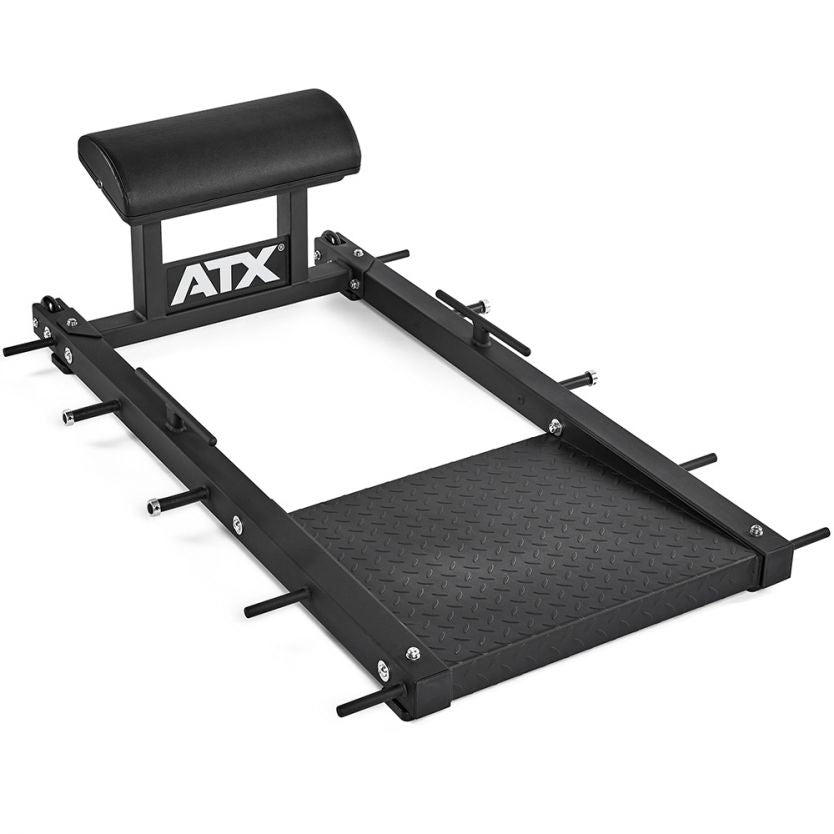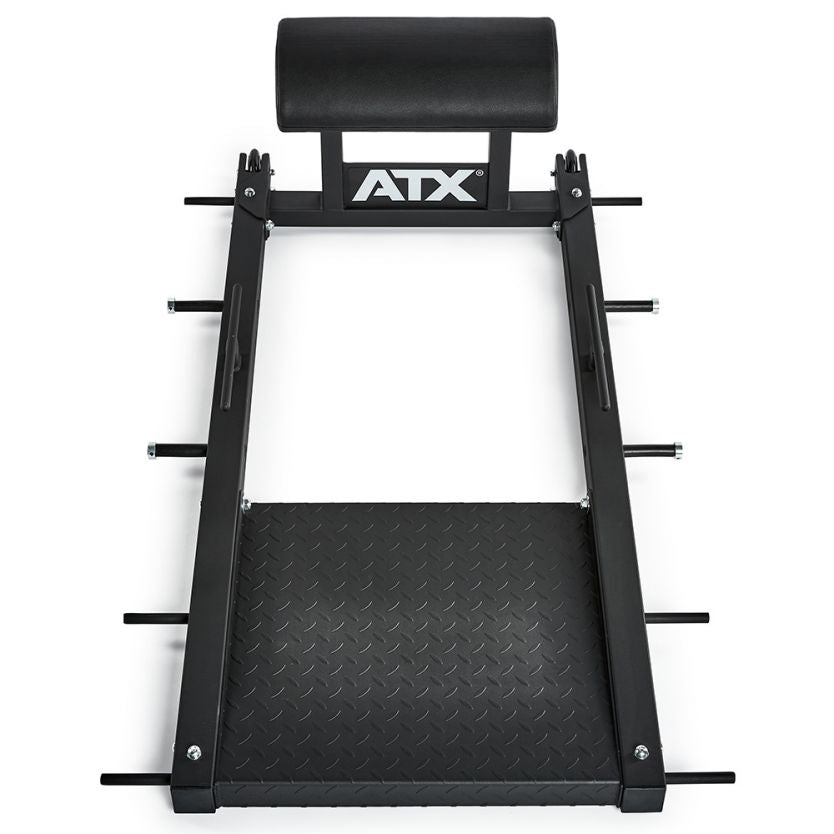Strong. Stable. Unstoppable.
The best leg presses.
ATX® leg press 45° - Leg Press Classic
ATX® leg press Hackenschmidt Combo 4inONE
ATX® Pendulum Squat
Leg Press Stack Weight - Vision Fitness
Leg Press Plate Load - Vision Fitness
ATX® Vertical Leg Press
Isolation. Perfection.
Isolated leg training.
ATX® Bulgarian Split Squat
ATX® Leg Extension Leg Curl - Leg Combo Chair
Leg Extension / Curl Machine Stack Weight - Vision Fitness
Leg Curl Lying Stack Weight - Vision Fitness
Hip Thruster Machine Plate Load - Vision Fitness
ATX® Sissy Squat Master Compact - squat trainer
ATX® Sissy Squat Master Pro - Squat Trainer
ATX® Hip Thruster
Your calves deserve more.
Calf training.
A strong leg workout forms the foundation of a functional, powerful body – essential for recreational athletes as well as ambitious athletes. At motion sports, you'll find an exclusive selection of high-quality training equipment specifically designed to build and define your leg muscles – perfect for your home gym or professional studio use. In this collection, we present you with the latest equipment highlights for effective leg training: from leg presses and isolation machines such as leg extensions and leg curls to innovative equipment for hip thrusts, Bulgarian split squats, belt squats, and standing and seated calf raises. Ergonomic squats on the belt squat machine are also an integral part of this progressive training approach. Learn which muscle groups you can optimally target with which equipment, what advantages each machine offers, and what you should consider when selecting your training equipment – for measurable results and maximum performance.
Training your legs: Everything you need to know!
Why is leg training so important?
Leg training is underestimated by many athletes – but strong leg muscles form the foundation for athletic performance , joint stability , and a healthy musculoskeletal system . Whether you're sprinting, walking, jumping, or lifting heavy weights – your legs are always in use. Targeted training:
- Strengthens the entire lower body
- Improves stability and balance
- Protects against injuries and posture problems
- Burns many calories through large muscle groups
- Improves athletic performance in almost every discipline
In addition, regular leg training has a positive effect on the hormonal balance : By training large muscle groups such as thighs and buttocks, the release of testosterone and growth hormones is promoted – a real booster for muscle building and fat burning.
Which muscles do you train during leg training?
During leg training, different muscle groups are isolated or functionally stressed depending on the exercise:
- Quadriceps (front thigh) – e.g. leg extension, squats, Bulgarian split squats
- Hamstrings (back of the thigh) – e.g. leg curl, hip thrust
- Gluteus Maximus (buttocks) – e.g. in hip thrust, squats, belt squats
- Adductors (inner thighs) – e.g. with adductor machine, sumo squats
- Abductors (outer thighs) – e.g. with abductor machine, Bulgarian split squat
- Calf muscles (gastrocnemius & soleus) – e.g. during calf raises while standing or sitting
A comprehensive leg workout integrates as many of these muscles as possible to promote functional strength, stability and muscle balance.
What is the best way to train my legs?
Effective leg training combines both complex multi-joint exercises and isolating machine exercises . The mix of functional movement patterns like squats or Bulgarian split squats and targeted equipment like leg extensions or leg curls allows for maximum stimulation and balanced muscle development. Proper technique , progressive load increase , and sufficient recovery are essential.
Tip: Start with a basic exercise like the leg press or belt squat, supplement with isolated movements, and finish your workout with calf raises.
How can I strengthen my weak leg muscles?
To strengthen weak leg muscles, you should focus on controlled movements , moderate to high repetitions (8–15 reps), and regular training . Equipment like the leg extension machine or the belt squat machine will help you build muscle in a targeted manner —even if you have limited mobility or are recovering from injuries. Make sure to use slow eccentric phases (e.g., 3–4 seconds when lowering) to increase muscle stimulation.
How do I get more strength in my legs?
Increasing strength requires training with higher resistance and fewer repetitions (e.g., 4–8 reps). Equipment such as the 45-degree leg press or hip thrust machine is ideal for
Systematically increase your maximum strength. Pay attention to proper technique , adequate rest periods , and progressive weight increases . A training plan with periodized loads (alternating strength, hypertrophy, deload) will bring you sustainable results.
How often per week should you train your legs?
For optimal progress, we recommend doing leg training approximately twice a week, depending on your training goal and your recovery capacity . Beginners can start with one or two sessions per week; advanced users can increase the number to multiple sessions by using split training (e.g., quad focus, glute focus). Important: Give your muscles at least 48 hours of recovery between two intensive leg sessions.
Buying fitness equipment for leg training: What to look for?
When purchasing a device for leg training, several
Factors play a role:
- Stability and workmanship: High-quality steel frame, durable upholstery
- Freedom of movement: Ergonomic guide rails, adjustable angles
- Space requirements: Compact dimensions for limited space
- Adjustment options: For different body sizes and training goals
- Load capacity: Maximum user weight and training resistance
The leg press is a classic leg workout—ideal for training large muscle groups at high intensity . The guided movement makes it particularly safe and suitable for beginners to advanced users.
Advantages:
- Gentle on the joints thanks to stable guidance
- High weights possible for maximum muscle building
- Effective for quadriceps, gluteus and hamstrings
Types:
- 45-degree leg press (popular in strength training)
- Horizontal leg press (comfortable and compact)
- Vertical leg press

With the leg extension, you train the anterior thigh muscle in isolation . This exercise is ideal for targeted hypertrophy and is often used in rehabilitation programs for knee stabilization.
Advantages:
- Precise loading of the quadriceps
- Gentle on joints when performed correctly
- Ideal for increasing strength in knee extension
- Perfect for: definition, muscle balance, knee health
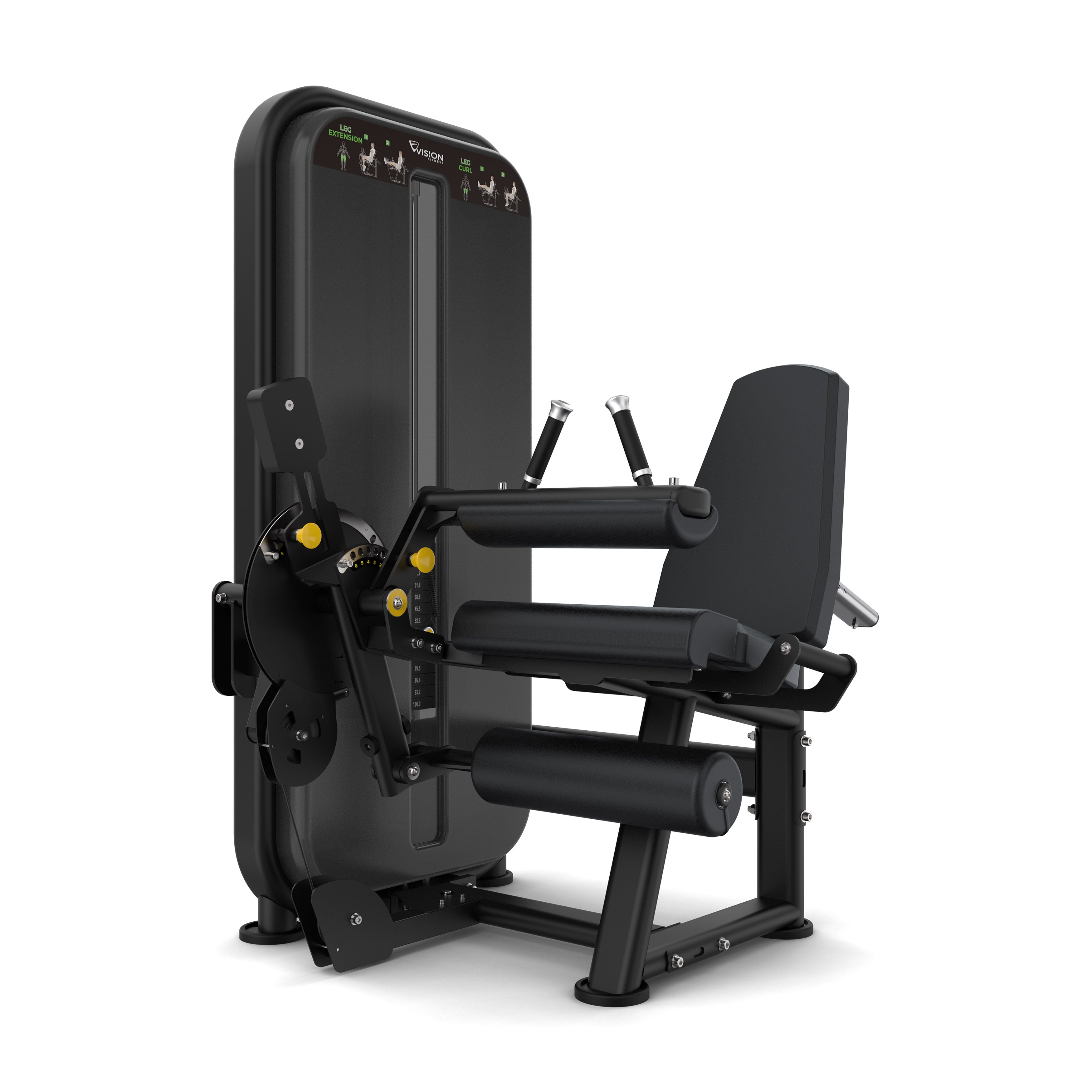
Whether lying down, sitting or standing: With the leg curler you specifically train your hamstrings – an often neglected muscle group that is essential for knee and hip stability.
Advantages:
- Isolated training of the back of the leg
- Prevention of muscular imbalances
- Increase sprint power and explosiveness
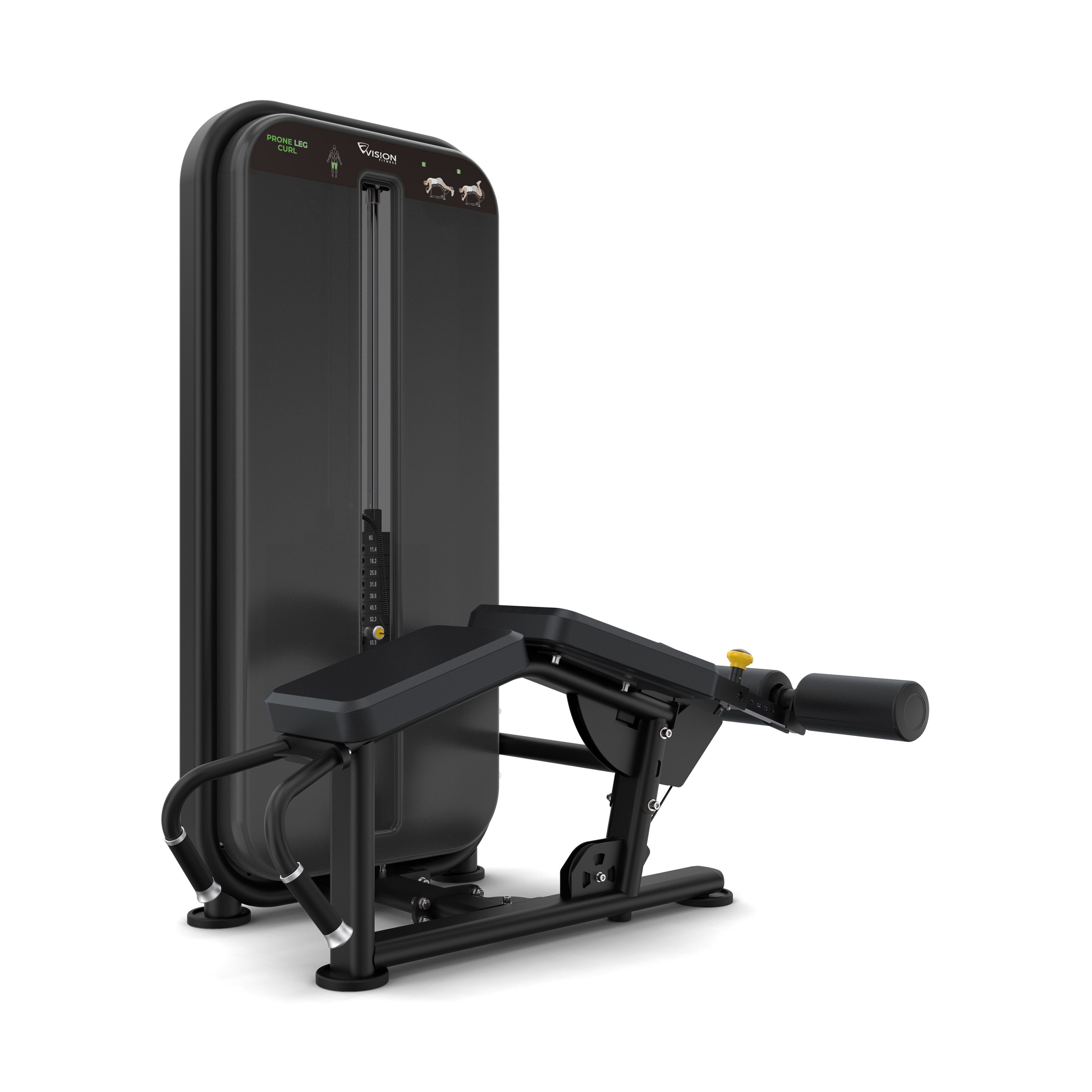
The hip thrust machine enables effective and safe training of the gluteus maximus. It is especially popular with athletes looking to improve gluteal strength and shape.
Advantages:
- Maximum glute activation
- Ergonomic movement execution
- High muscle stimulus with lower lumbar strain

The belt squat machine relieves pressure on the spine because the weight is attached to the hips. This allows you to perform squats with high resistance without putting strain on your spine. It is particularly well-suited for ergonomic and back-friendly squat training . The movement is extremely gentle on the joints, making it ideal for athletes with back or shoulder problems. It primarily targets the quadriceps, adductors, and gluteus maximus. The belt squat machine is also an excellent alternative to the barbell for intensive training plans or during rehabilitation.
Advantages:
- Ergonomic squats without axial pressure
- Ideal for back problems
- Activates glutes, quadriceps and adductors

With standing calf raises, you primarily train the gastrocnemius – the superficial calf muscle that is predominantly active when the leg is extended. This is especially important for jumping power and running. The standing variation allows for the use of heavy training weights and simulates realistic movement patterns from everyday life and sports. The upright stance also trains core stability, making the standing calf raise a functional exercise.
Advantages:
- Strength and volume building in the calf area
- Functional for sprinting, jumping and running
- High loads possible for muscle hypertrophy
Seated calf raises primarily activate the soleus, which is activated when the knee is bent. They're ideal as a complement to standing calf raises for a complete calf program. The soleus is particularly important for endurance-oriented movements and provides stability in the ankle. Since the soleus works harder than the gastrocnemius when the knee is bent, seated calf raises are essential for complete calf muscle development.
Advantages:
- Isolated training of the deep calf muscles
- Less strain on the knee and ankle
- Ideal addition to standing training


